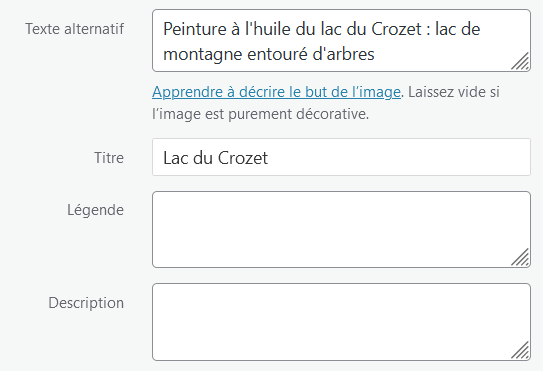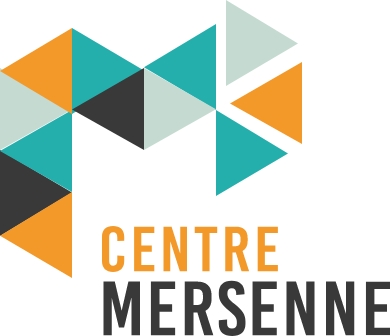What is digital accessibility?
According to Article L. 114 of the code de l’action sociale et des familles, disability is defined as : « toute limitation d’activité ou restriction de participation à la vie en société subie dans son environnement par une personne en raison d’une altération substantielle, durable ou définitive d’une ou plusieurs fonctions physiques, sensorielles, mentales, cognitives ou psychiques, d’un polyhandicap ou d’un trouble de santé invalidant ».
Digital accessibility is therefore about making digital content perceptible, usable, understandable and robust.
Accessibility statement
An accessibility statement should be added to the footer of the website.
See model on the webpage numerique.gouv.fr
Best practice
All accessibility criteria and tests are available on the website Numérique.gouv. The criteria concern:
- the pictures
- the frameworks
- the colours
- the multimedia content
- the tables
- the links
- the scripts
- the mandatory elements (Doctype, valid source code, language indication…)
- the structuring of information
- the presentation of information
- the forms
- the navigation
- the consultation
Examples of good practice
Here are some examples of good practice. This list is not exhaustive and we encourage you to refer to the list available on the Numérique.gouv website
- The content must be accessible: offer a relevant textual alternative for each meaningful image, propose a textual transcription or an audio description of the audio or video media, present summaries of the tables… The W3C site proposes a decision tree to help you write the alternative texts for your images.

- Information should not be given by colour alone. For example, if the titles of unavailable journal issues are highlighted in red, the information may not be perceptible to the visually impaired.
- The contrast between the text and the background should be high.
- The scripts must be compatible with assistive technologies (text-to-speech, audio description, automatic subtitling, etc.).
- The website must contain certain information (metadata) useful to support software: an<!DOCTYPE > tag which indicates what type of document the browser should open and what code is used, the default language, page titles, encoding of foreign language quotes, etc.
- In addition, the website should be structured in a coherent way, with headings.
- Style sheets should be able to be disabled without degrading the information. The format of the pages must be recomposable : users must be able to reorganise the contents according to their disability. The user must be given the flexibility to repackage their content.
- Content published on platforms (PDF, Epub…) must be accessible or offer an alternative. For example: the availability of TeX source files allows support software to convert them into interpretable files.
- Navigation: the pages must offer at least two different navigation systems (for example: a menu, a search engine, a site map, a table of contents…), the menus and the search engine must always be positioned at the same place, …
What the law says
According to thearticle 47 of the law n° 2005-102 du 11 février 2005 pour l’égalité des droits et des chances, la participation et la citoyenneté des personnes handicapées, the obligation of accessibility concerns: public bodies, legal persons under private law delegated with a public service mission, legal persons under private law « constituées par une ou plusieurs des personnes mentionnées aux 1° et 2° pour satisfaire spécifiquement des besoins d’intérêt général ayant un caractère autre qu’industriel ou commercial », companies with a turnover of at least EUR 250 million « calculé pour chaque personne sur la base de la moyenne du chiffre d’affaires annuel réalisé en France des trois derniers exercices comptables clos antérieurement à l’année considérée ».
To be compliant, services must meet the European standard EN 301 549 V2.1.2 (2018-08).


